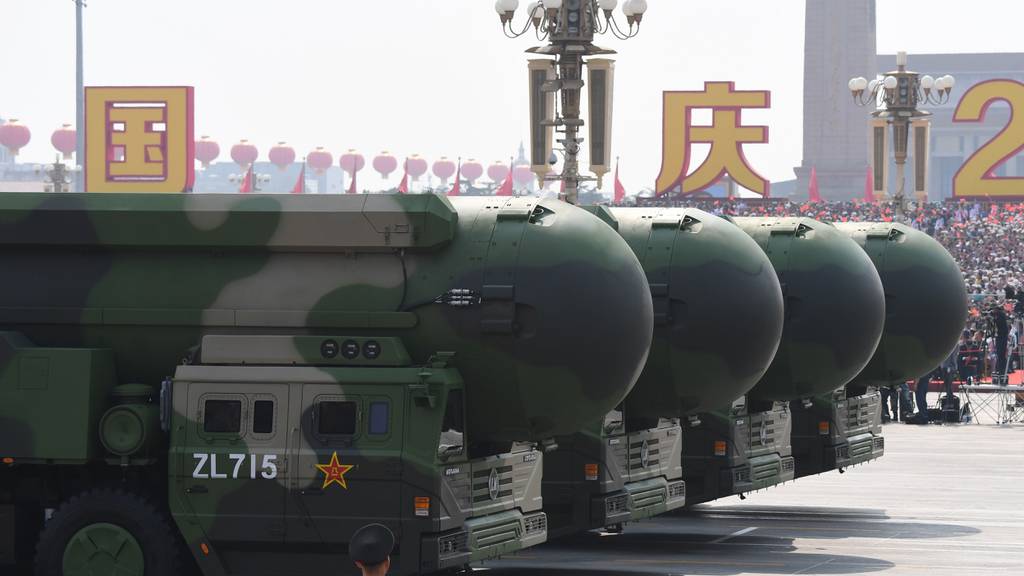- Joined
- 3 June 2011
- Messages
- 17,414
- Reaction score
- 9,206




So it's likely increased then.
Risk of Russia using nuclear weapons has lessened, says Germany's Scholz
The German chancellor said Western pressure had contributed to Russia toning down its rhetoric.www.bbc.com



I think it's the other way around. China is more threatened by North Korea's nukes and the American responseThe worrying thing here is that there is literally no point to North Korea having nuclear weapons unless they plan to invade South Korea. China to the north provides more of a deterrence against an invasion of North Korea than a few nukes ever will, so the only reason they would be useful is if they intended to use them to ward of intervention should they invade the South.
Air launched ballistic missile discussion would be interesting

I'm not familiar with the W80 Mod 4 what are its new capabilities over previous mods?


 rss.com
rss.com
At this point it wouldn't surprise me if we sold all our plutonium to China.
We (UK) have ~130t going spare if you want to buy some.At this point it wouldn't surprise me if we sold all our plutonium to China.
This comment must win the Dr Strangeglove prize for January.The US has plenty of Plutonium, there is no need to fearmonger...


By having a robust deterrent instead of the anemic, decrepit one we have now.
The Value and Limits of Nuclear Deterrence
How should the United States deter adversaries from nuclear escalation?www.usni.org
The SSBNs seem pretty convincing to me. I think all of the existing programs (LRSO, SSBN, Sentinel, B-21) provide enough capability if they are sufficiently funded and fielded in the needed numbers. Maintaining peer deterrence is enough, IMO. It just needs to be expanded to two players, and I think existing programs can hit that target in time for the late 2020's when Chinese nuclear expansion starts to press up against US deterrence. IMO in the long run, Russia can't afford to maintain what it has in the 2030's.By having a robust deterrent instead of the anemic, decrepit one we have now.
The Value and Limits of Nuclear Deterrence
How should the United States deter adversaries from nuclear escalation?www.usni.org
SSBNs are but one leg of the triad. I'm talking about our nuclear infrastructure/capability in its entirety. We can't make new warheads. We can barely make pits. None of our ICBMs, existing or planned, are mobile. None of our ICBMs, existing or planned, are in the class of the DF-41 or SARMAT. None of our cruise missiles, existing or planned, are even supersonic let alone hypersonic. We have no tactical nuclear weapons aside from a small bomb that is over half a century old. Our largest nuclear weapon is barely a megaton. (Yes, yes, we all know about accuracy but if you need to hit a LARGE target you're forced to use multiple of your limited number of weapons instead of one.)The SSBNs seem pretty convincing to me. I think all of the existing programs (LRSO, SSBN, Sentinel, B-21) provide enough capability if they are sufficiently funded and fielded in the needed numbers. Maintaining peer deterrence is enough, IMO. It just needs to be expanded to two players, and I think existing programs can hit that target in time for the late 2020's when Chinese nuclear expansion starts to press up against US deterrence. IMO in the long run, Russia can't afford to maintain what it has in the 2030's.By having a robust deterrent instead of the anemic, decrepit one we have now.
The Value and Limits of Nuclear Deterrence
How should the United States deter adversaries from nuclear escalation?www.usni.org

